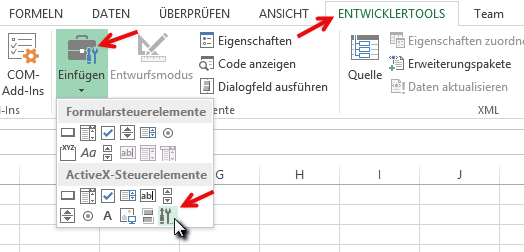

Read Ext Attribute: This permission allows a user to read a file s extended-attribute data: file attributes commonly utilized by the OS, such as information about the OS X quarantine system, Time Machine, disk-image checksums, and third-party software for metadata purposes. You enable this permission with the readattr privilege. Read Attribute: This permission is granted, using the readattr privilege, to let a user view the data describing a file s characteristics, such as its size, ownership, mode, inode number, and file creation, modification, and access times. From the command line, you grant this privilege using the execute permission for files and the search permission for folders, though the terms can be used interchangeably when applying to either. Execute/Search: The execute and search bits behave similarly to the execute bit in the POSIX model, though they are now given differentiating descriptions to more clearly define the delineation between execution capability that it provides when applied to a file, verses the list/traverse behavior that is accompanied with the attribute when applied to a folder. If you re working with ACLs from the command line, you grant this right using read for files and list for directories.

The Read category includes five specific permissions: Read: The read privilege behaves similarly on both files and directories, letting users view the content of both. , Barcodetabellen und Etiketten zum Kinderspiel. TBarCode Office, das Barcode Add-In für Microsoft Excel macht Strichcode-Listen In Android 2.2, you can choose how to crop the photo, although it will show you a square cropping area for what will end up being a rectangular frame.Ĭode 39 barcode generator excel how to create barcodes in excel freeīarcode Add-In für Microsoft Excel - Strichcodes in Excel erstellen This will prompt you to browse through the Gallery and find an appropriate photo. To set a photo as a Picture Frame widget, as shown in Figure 9 11, you can long-click the Home screen, select Widgets, and then select Picture Frame.

You ll be prompted to go through the same cropping process.

Find the photo you want to use and click Menu More Set as Wallpaper. Another method is to approach from the other direction and go to the Gallery first. Drag your finger to expand, shrink, or move the cropping area. You ll see an outline around part of the photo indicating where it will be cropped to fit as your wallpaper. One method in Android 2.1 and above is to long-click the Home screen, select Wallpapers, and then select Gallery. When you ve shot a photo, you can set this immediately, but you can also use photos stored on your phone s card. You can use a photo as your Home screen wallpaper.


 0 kommentar(er)
0 kommentar(er)
